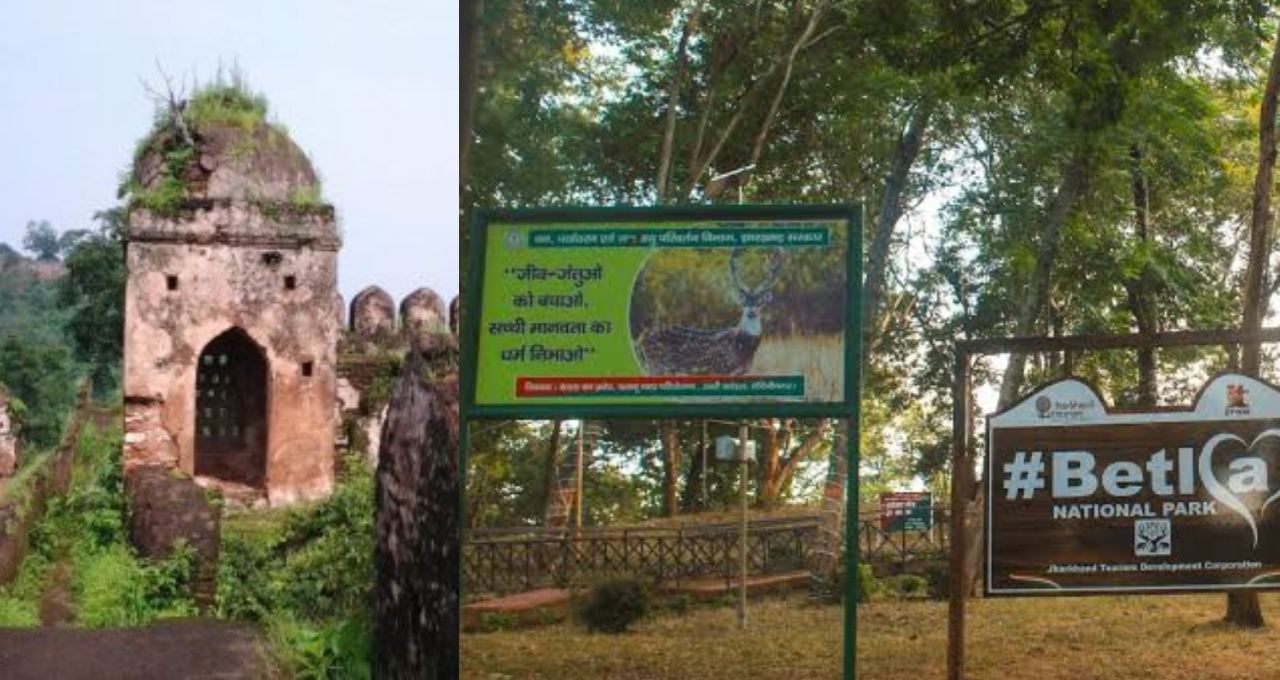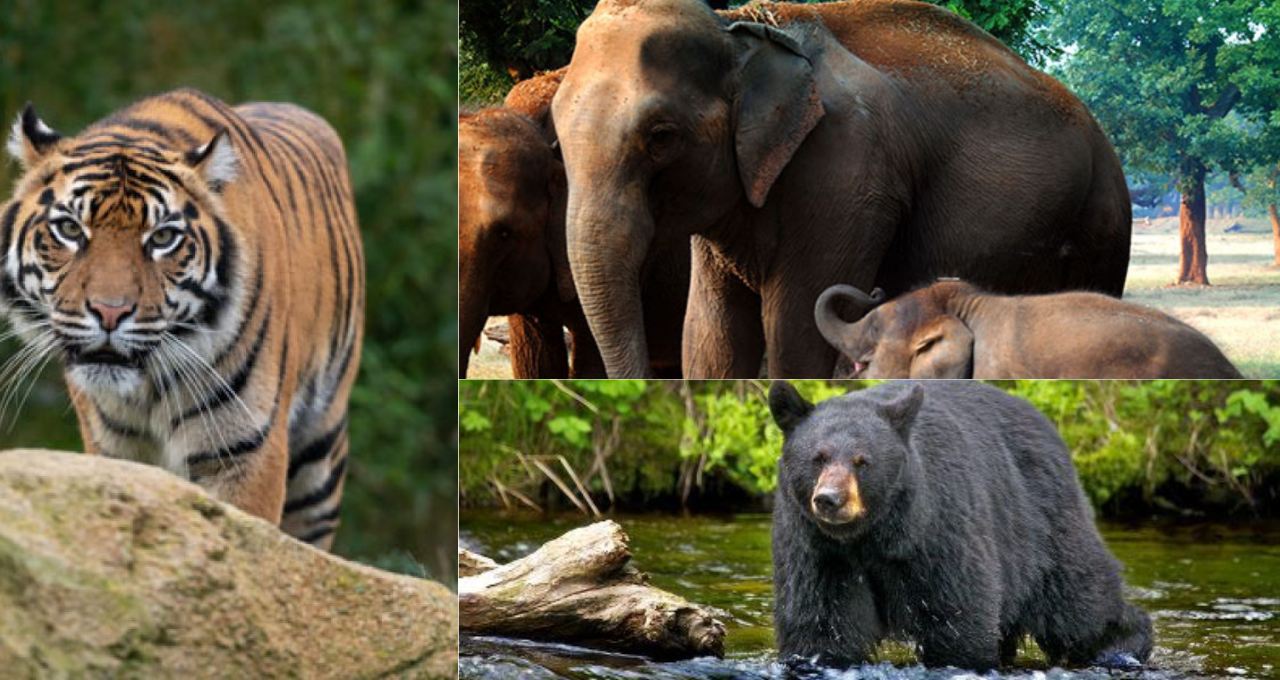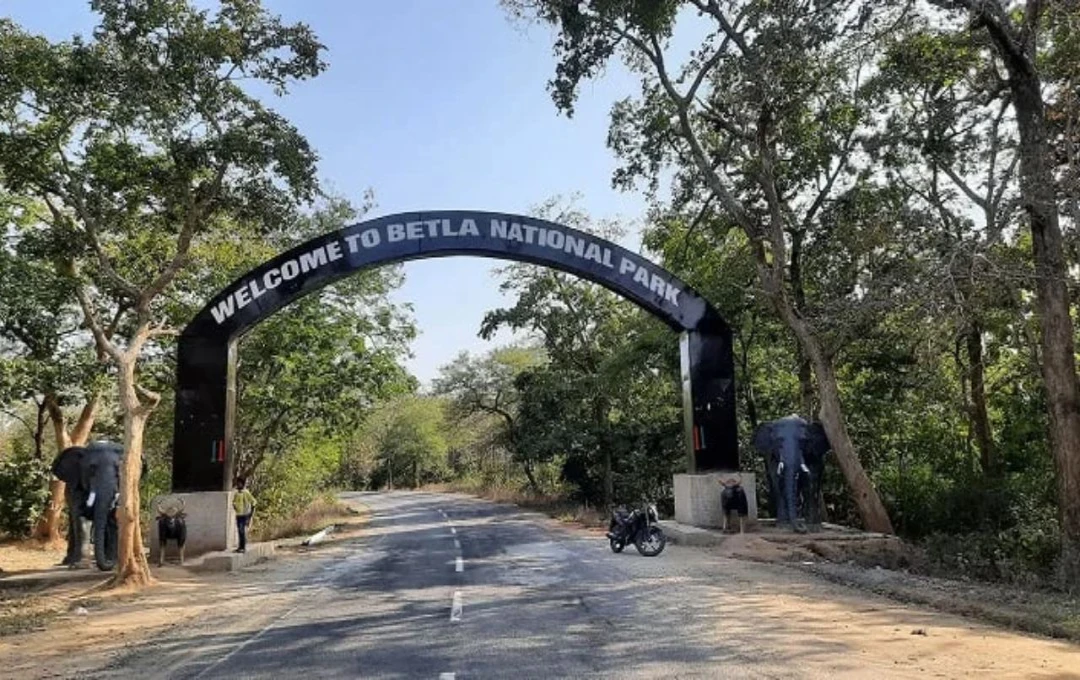Betla National Park, situated in Jharkhand state, holds a significant position in the field of environmental and wildlife conservation due to its rich biodiversity and unique ecosystem. This park is located in the picturesque Palamau region of West Singhbhum district in the state. Previously known as Palamau Sanctuary, Betla achieved National Park status in 1986. It serves not only as an ideal habitat for wildlife but also as a major tourist attraction.
Location and History
Betla National Park is located in the north-western part of Jharkhand state and was included among India's first nine tiger reserves under Project Tiger in 1974. Situated near Palamau district, its name "BETLA" is derived from the first letters of the names of trees found in the area — Bamboo, Elephant, Teak, Lac, and Arjun.
Natural Structure and Biodiversity
Betla National Park covers an area of 1026.23 square kilometers and lies nestled between the Himalayan foothills and the Chota Nagpur Plateau. Its geographical location and ecological diversity contribute to its rich biodiversity. The park not only provides an ideal habitat for wildlife but also features numerous rivers, streams, waterfalls, and dense forests, which are environmentally crucial.
Betla's ecosystem supports a diverse range of wildlife, encompassing tropical wet forests, dry marshlands, and grasslands. These ecological zones are home to species such as deer, elephants, tigers, leopards, sambar deer, wild boar, and sloth bears.
Wildlife Conservation and Conflicts
Betla National Park plays a crucial role in the conservation of wildlife species. Elephants are the most prominent among Jharkhand's wildlife. While elephant numbers in Betla have fluctuated, the area is now considered a key conservation zone. A stable group of approximately 50 to 60 elephants resides here.

Tiger numbers in Betla have also increased, and the conservation of the tiger reserve area is vital for Indian tigers. Additionally, species like wild boar, sambar deer, chital (spotted deer), sloth bears, and gaur are also found in this region.
It's also an ideal destination for bird enthusiasts, with rare avian species such as sarus cranes, rosy starlings, pelicans, and herons.
Tourism and Activities
Betla National Park is not only important for wildlife conservation but has also become a major tourist destination. Visitors can enjoy activities such as jeep safaris, trekking, and bird watching. These activities allow tourists to observe wildlife and experience the natural beauty of the area.
Betla safaris offer visitors the chance to see elephants, tigers, and other wildlife in their natural habitat. Furthermore, tourists can enjoy visiting sites like the Ganges River and Katkam Ghat waterfall.
In addition, trekking routes involving river crossings and deep forest explorations are attractions for tourists. These trekking trails allow visitors to observe rare flora and fauna.
A Treasure Trove of Biodiversity
The biodiversity found in Betla National Park makes it one of India's premier wildlife destinations. Here, you can see many rare and endangered species:
Key Mammalian Species
- Bengal Tiger (though sightings are rare)
- Elephant
- Chital (Spotted Deer)
- Sambar Deer
- Nilgai
- Bear
- Langur and Macaque Monkeys
- Wolf and Dhole (Wild Dogs)
Avian Species
Betla is a birdwatcher's paradise. Hundreds of bird species including Baya weaver, peafowl, hornbills, woodpeckers, owls, vultures, and woodpeckers are found here.
- Monitor Lizards
- Cobras
- Pythons
- And numerous species of insects and butterflies
Conservation Efforts and the Role of the Local Community

The conservation of Betla National Park significantly contributes to the preservation of Indian wildlife. Wildlife is protected under the national park and reserve forest designations. Furthermore, structures like secret protected areas, lion sites, and elephant sanctuaries have been created to maintain biological balance.
The Jharkhand government and various wildlife conservation organizations continuously work towards the conservation of this area. Moreover, local communities are involved in these conservation efforts to ensure the sustainable use of natural resources and the maintenance of the region's ecosystem.














